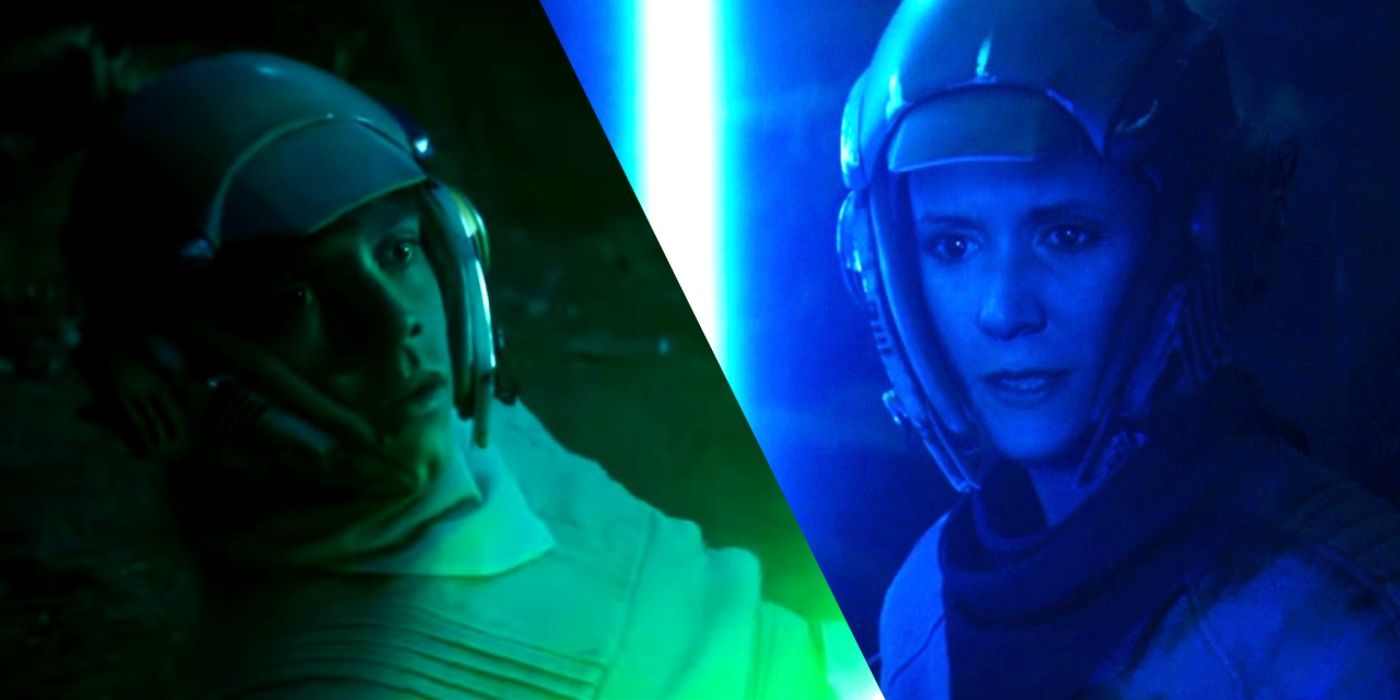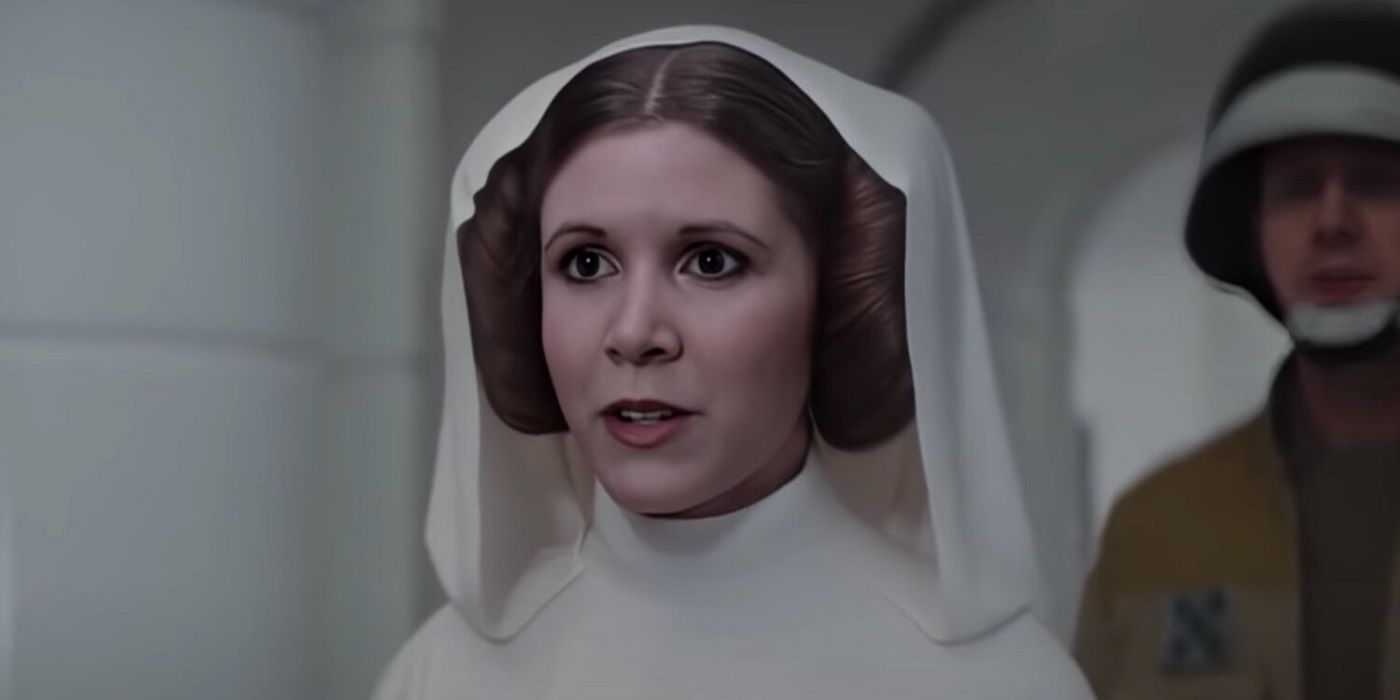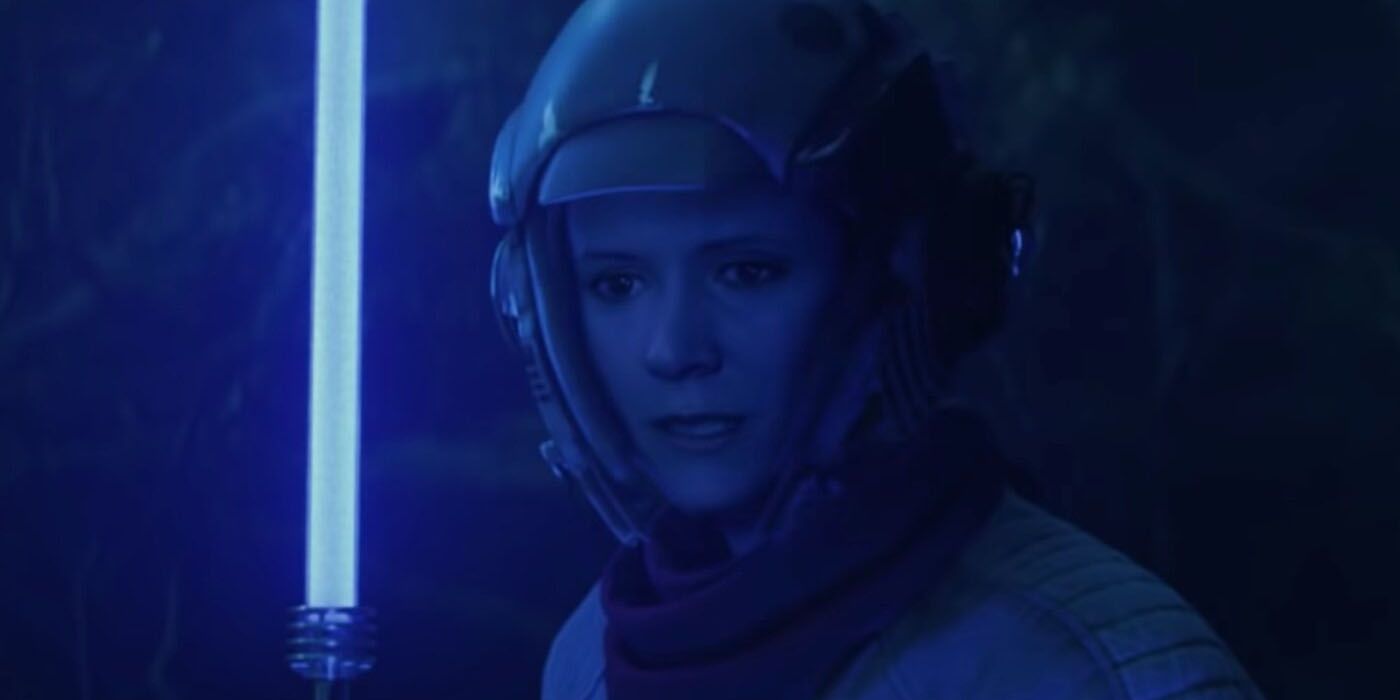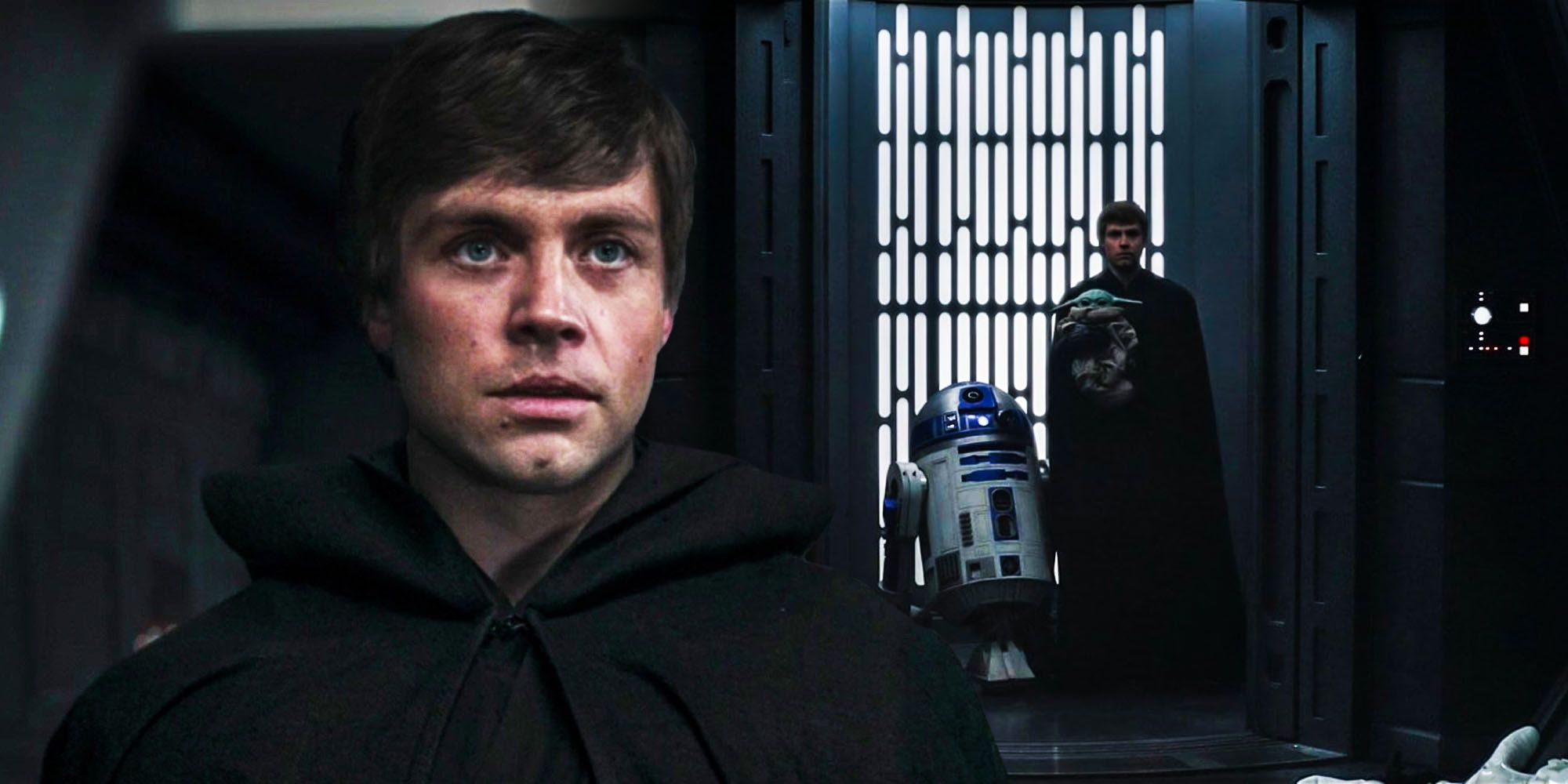In recent years, Lucasfilm has used de-aging technology in Star Wars movies and TV shows; here's every one to use the tech. After several years of hiatus, the space opera had its renaissance in 2015 with the launch of the sequel trilogy via Star Wars: The Force Awakens. Aside from the main Skywalker Saga, Lucasfilm has also branched out with its Star Wars movies and TV shows, with spinoffs both on the big and small screen.
Admittedly, the sequel trilogy wasn't exactly well-received; the movies were criticized individually, with Lucasfilm's lack of overall planning being blamed for the several issues they encountered. The good thing about Star Wars is that it has a rich history that spans thousands of years. The galaxy is broad, affording the studio the opportunity to shift their focus on other pockets of the lore instead of just the aforementioned Skywalker Saga, which comes with a lot of baggage and expectations from fans. Right now, it seems like Disney+ is the prime avenue to tackling smaller, but equally interesting narratives with shows like The Mandalorian, which has already spawned a couple of offshoots such as the Ahsoka series and Book of Boba Fett. There are also separate shows like Obi-Wan Kenobi and Andor. As Lucasfilm becomes bolder in their approach to the space soap opera, using the increasingly popular de-aging technology can help them tell these stories more effectively.
The technique has been around since the mid-2000s, with Fox's X-Men: The Last Stand being the first movie to utilize it. Marvel Studios, Lucasfilm's fellow Disney subsidiary, has used it countless times over the years and in varying degrees. The MCU first utilized it in Phase 2 through a flashback sequence in Ant-Man. Since then, it has been featured in several more Phase 3 projects such as Guardians of the Galaxy Vol. 2, Captain Marvel, and Avengers: Endgame. It's also set to be in Spider-Man: No Way Home as the threequel digitally de-ages Alfred Molina, who is reprising his role as Doctor Octopus. Star Wars, however, has used it more conservatively, only using it in a handful of projects thus far.
Rogue One: A Star Wars Story
After the release of Star Wars: The Force Awakens, Lucasfilm rolled out the first of their planned anthology movies, Rogue One: A Star Wars Story. Directed by Gareth Edwards, the spinoff was released in 2016 and follows a group of rag-tag freedom fighters who were instrumental in the Rebellion's plan to secure the blueprints for the first Death Star. Set just before the events of the original Star Wars film, it introduces Galen Erso (Mads Mikkelsen), the engineer behind the space station/weapon, who was coerced to work on the project by Orson Krennic (Ben Mendelsohn). Years later, his daughter, Jyn Erso (Felicity Jones) teams up with Cassian Andor (Diego Luna) as they recruit more members for their suicide mission to secure the blueprint for the Empire's dangerous creation.
While the film was set in a familiar time frame, all of its primary players are new Star Wars characters. That said, to establish a connection to the bigger universe, familiar faces such as Mon Mothma (Genevieve O'Reilly), Bail Organa (Jimmy Smits), and Darth Vader (voiced by James Earl Jones) also appear. Toward the end of the film, it also debuted a young Princess Leia. But instead of a straight-up de-aging process featuring the original actor, Rogue One didn't use Carrie Fisher, but a hybrid approach. The film brought in a face and body double in Ingivild Deila for the mocap, then superimposed Fisher's face over Deila's. Combined with archival audio of Fisher from outtakes of the hologram scene in A New Hope, Rogue One cleverly pulled off Leia's brief cameo in the spinoff. The same process was used to recreate the late Peter Cushing's Grand Moff Tarkin in Rogue One, as well. Digitally repurposes archival footage of Cushing from the original trilogy was layered over actor Guy Henry's face, who also provided the voice capture.
Star Wars: The Rise of Skywalker
After kicking off the Star Wars Skywalker sequel trilogy by directing Star Wars: The Force Awakens, J.J. Abrams returned to the space opera to close it out via Star Wars: The Rise of Skywalker. The threequel had its work cut out for it as the final installment in the Skywalker Saga, but it was made more difficult with the untimely and tragic death of Carrie Fisher, whose Leia was supposed to be its lead character. Fortunately, they were able to repurpose unused footage of the actress from Star Wars: The Force Awakens and made it usable through CGI effects to give the character the send-off she deserved. But one particular moment in the movie featuring Leia had to use de-aging technology. As in Rogue One, Lucasfilm had to use a body double during a surprise flashback scene revealing Leia and Luke Skywalker (Mark Hamill) training with their lightsabers post-Return of the Jedi. This time, Fisher's own daughter, Billie Lourd, served as her late mom's stand-in, however. Meanwhile, things were a little more straightforward with Hamill, as he was de-aged to reflect the time period in Star Wars' history.
The Mandalorian
In 2019, Lucasfilm debuted its first live-action Star Wars show in The Mandalorian. The show introduces lone gunslinger, Din Djarin (Pedro Pascal) who becomes the unexpected caretaker of a Force-sensitive child from Yoda's species, named Grogu. Season 2 saw Mando attempting to return Grogu to his people, i.e. the Jedi, which resulted in the pair encountering many new characters. The second season saw a number of cameos from the bigger Star Wars universe with live-action debuts from B0-Katan Kryze (Katee Sackhoff) and Ahsoka Tano (Rosario Dawson), as well as the return of Boba Fett (Temuera Morrison). But The Mandalorian saved its biggest cameo for last in the form of Luke Skywalker. The Jedi's appearance only happened once, in the finale, but it demanded a lot of work from Lucasfilm with Hamill being de-aged for the role.
The process was similar to what was done with Leia in Star Wars: The Rise of Skywalker's flashback sequence. Actor Max Lloyd served as the face and body double for the character. According to Disney Gallery: Star Wars: The Mandalorian season 2, episode 2, "Making of S2 Finale," Lucasfilm also incorporated some deep fake technology to achieve the look they wanted for the character. They also pulled several pieces of footage from the original trilogy and other content from that Star Wars era to make it as convincing as possible. What's interesting is that Luke Skywalker himself, Mark Hamill, despite being a prolific voice actor, didn't provide the lines for the character. Instead, it was completely synthesized from archival audio using an application called the Respeecher.




